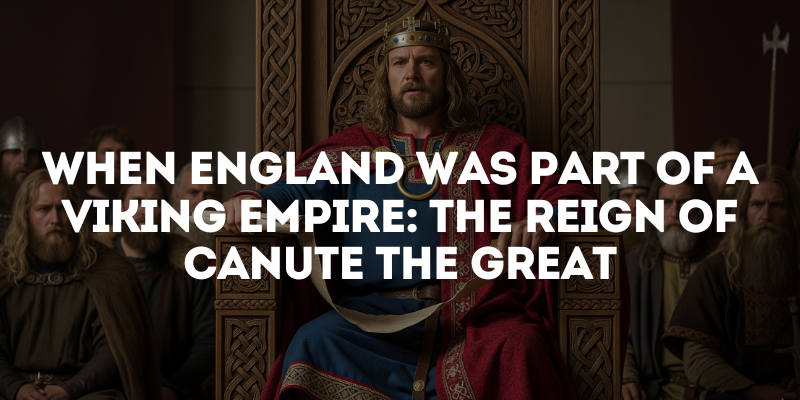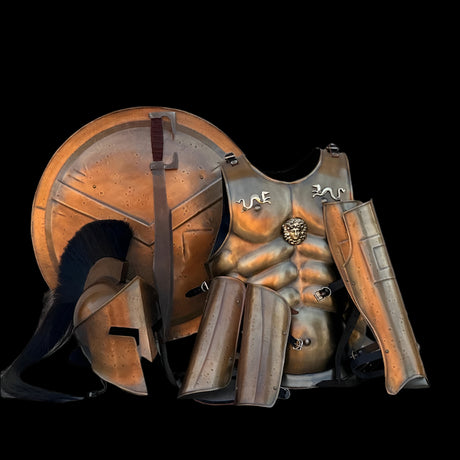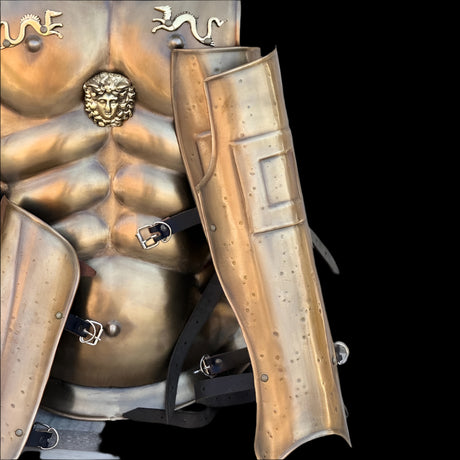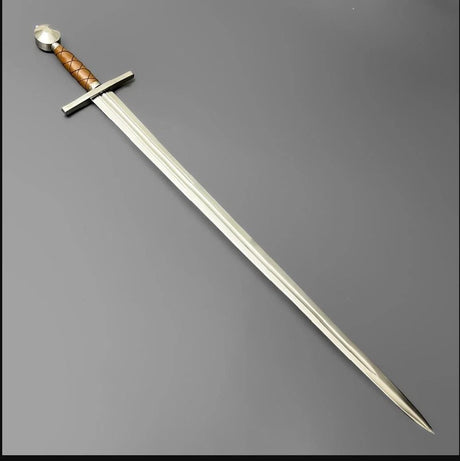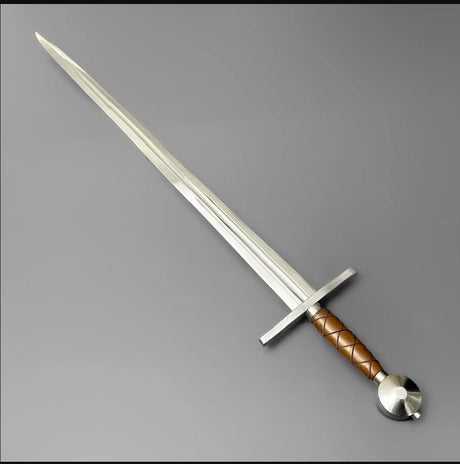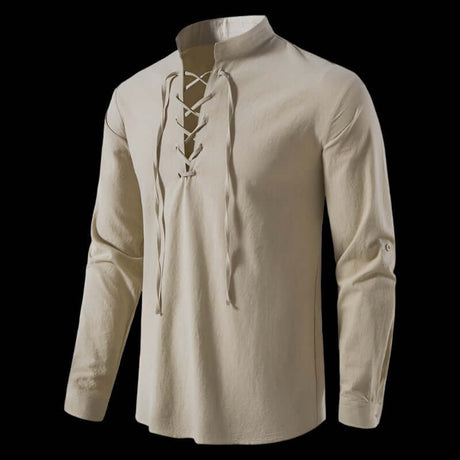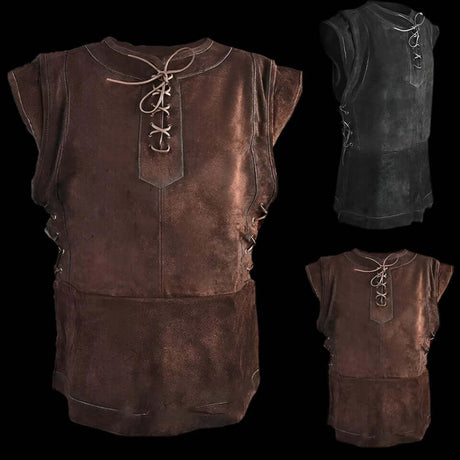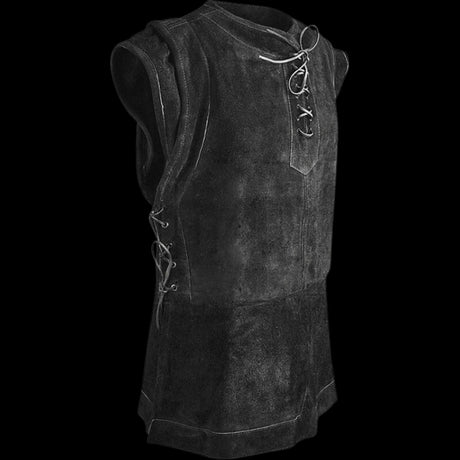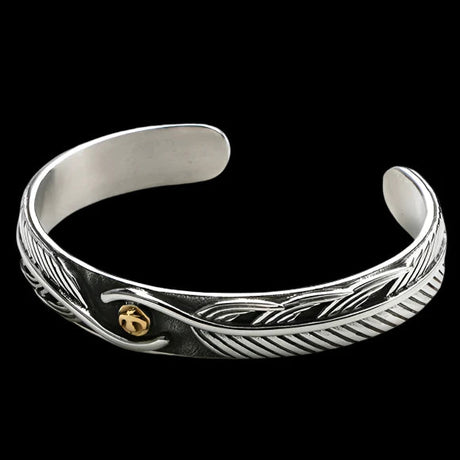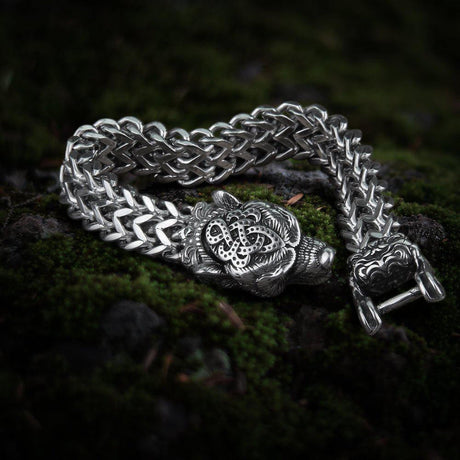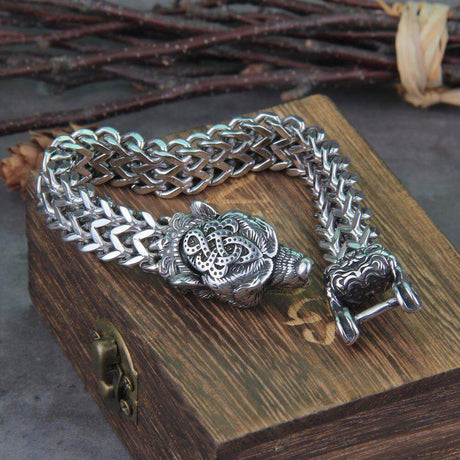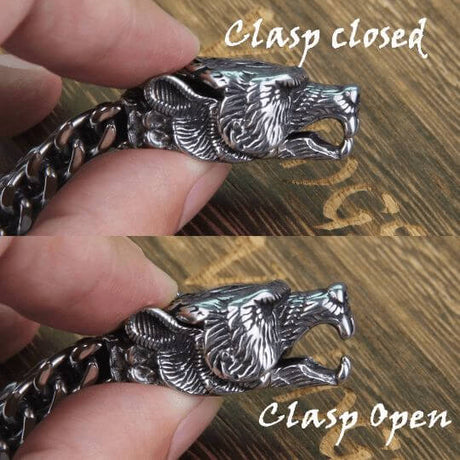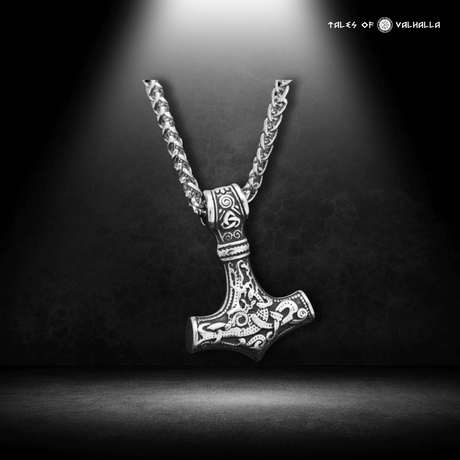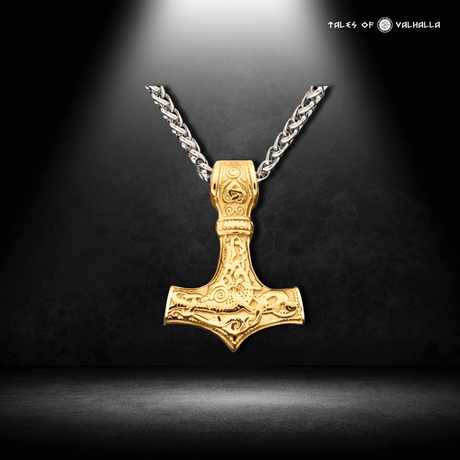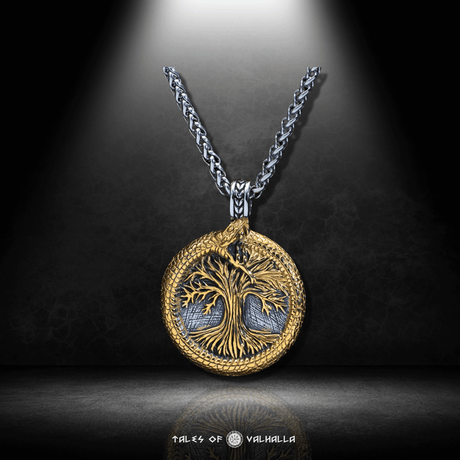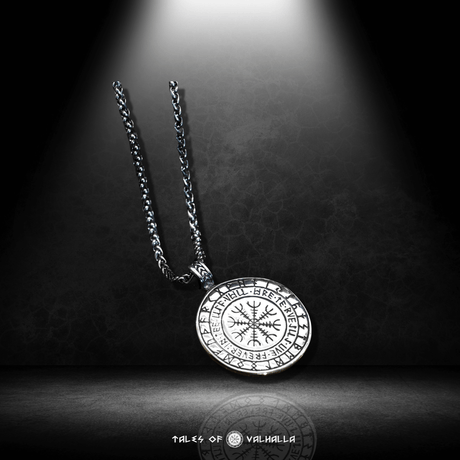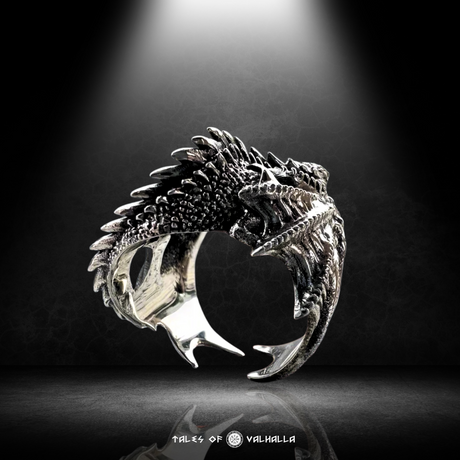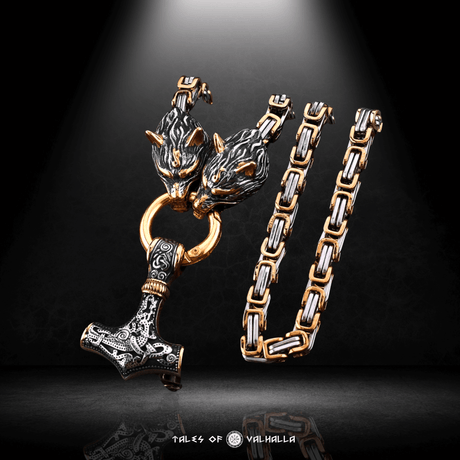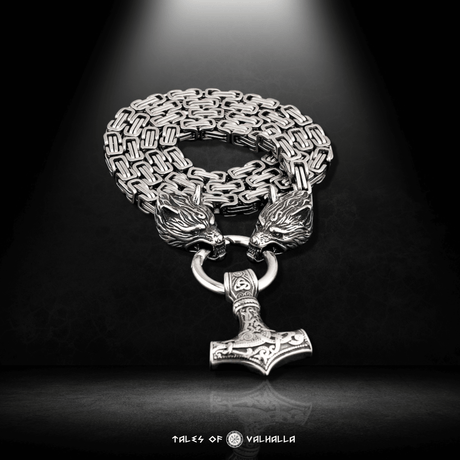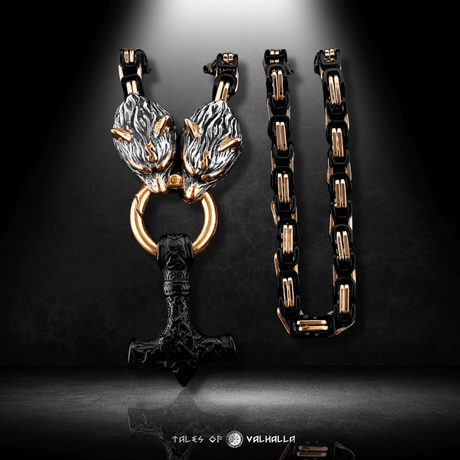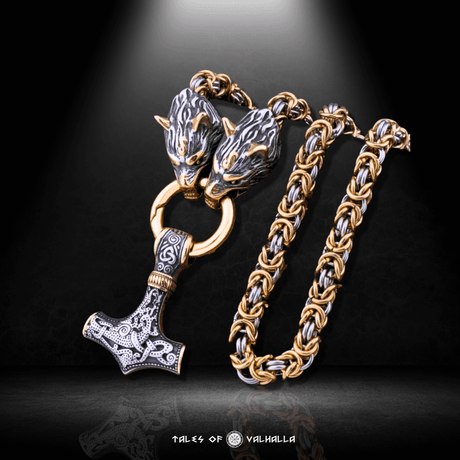The story of the Vikings in England is often told as a tale of brutal raids and heroic Anglo-Saxon resistance. We hear of the terror of Lindisfarne, the defiance of Alfred the Great, and the final victory at Stamford Bridge. But what if I told you there was a period when the Vikings didn't just raid England, but ruled it? A time when the King of England was a Dane, seated on the throne in Winchester, commanding a vast domain that stretched across the northern seas. This was the North Sea Empire, the greatest Viking Empire in history, and for nearly two decades, England was its crown jewel.
This is the remarkable, often overlooked story of how a full-scale Viking conquest succeeded, and how a man born into a world of raiding transformed into one of the most respected and effective kings of his era. It’s a narrative that challenges our simple stereotypes of Vikings as mere destroyers and reveals the pinnacle of their political ambition. The tale of this Viking Empire is a saga of fire, silver, and the unexpected creation of a new order.
The Prelude to Conquest: England's Century of Fire and Silver
The story of how England became part of a Viking Empire doesn't begin with a single invasion, but with centuries of escalating pressure.

The Prelude to Conquest: England's Century of Fire and Silver
The Danelaw: A Viking Foothold
The Great Heathen Army's invasion in 865 AD had already resulted in the establishment of the Danelaw, a large territory in northern and eastern England where Norse law and custom held sway. Though eventually reconquered by the Anglo-Saxon kings of Wessex, this long period of settlement meant that a significant Anglo-Scandinavian population was already integrated into English society. This created a permanent Norse connection to the land.
The Second Viking Age and the Danegeld
In the late 10th century, a new wave of attacks began. These were not the actions of independent chieftains, but organized, state-sponsored invasions led by powerful Scandinavian kings. The English king, Æthelred the Unready, adopted a disastrous policy of paying the invaders to leave. This tribute, known as Danegeld, was a colossal tax on the English people.
-
A Cycle of Extortion: The policy was a catastrophic failure. Paying the tribute only demonstrated England's wealth and its military weakness, encouraging the Vikings to return for more. Payments escalated from 10,000 pounds of silver in 991 to a staggering 48,000 pounds in 1012. The Vikings were effectively bleeding England dry. This period of extortion set the stage for the ultimate goal of the nascent Viking Empire: total conquest.
The Conquest: Sweyn Forkbeard, the King Who Took It All (1013 AD)
By the early 11th century, the Danish king, Sweyn Forkbeard, a ruthless and ambitious ruler, grew tired of intermittent payments. He decided to take the source of the silver itself.
A Brutal and Swift Campaign
In 1013, Sweyn launched a full-scale, brilliantly executed invasion of England. This was not a raid for plunder; it was a campaign for the crown.
-
Exploiting Weakness: Sweyn landed in the Danelaw, where he found many of the Anglo-Scandinavian inhabitants willing to support him against the unpopular King Æthelred.
-
Rapid Success: His campaign was swift and brutal. Towns that resisted were harshly punished. He quickly gained the submission of Northumbria and the rest of the Danelaw, then marched south, eventually forcing the city of London to surrender.
The First Viking King of All England
With Æthelred the Unready forced to flee into exile in Normandy, Sweyn Forkbeard was declared King of all England on Christmas Day, 1013. A Viking raider now sat on the English throne. The dream of a Viking Empire had been realized, but his triumph was short-lived. Sweyn died suddenly just five weeks later in February 1014.
Story Vignette 1: The Fury of the Conquest Imagine an Anglo-Saxon soldier, Godwin, standing on the walls of a small Mercian town. He watches as Sweyn Forkbeard's army approaches—a disciplined, relentless force, not a chaotic mob. These are not the raiders of his grandfather's tales; this is an army of conquest. He feels the terror of the stories he's heard from towns that resisted: of brutal reprisals and merciless slaughter. He knows that the payment of Danegeld has failed, and now the full force of this emerging Viking Empire is here to claim the land itself. The fight is not for silver anymore; it's for survival.
Canute the Great: Forging the North Sea Empire (1016-1035 AD)
Sweyn's death threw England back into chaos. The English lords recalled Æthelred from exile. But Sweyn's son, a young and formidable warrior named Canute (or Cnut), was not about to give up his father's prize.
A Son's Inheritance of War
What followed was two years of grueling warfare between Canute and Æthelred's son, the capable and heroic Edmund Ironside. Canute, a brilliant military strategist, gradually gained the upper hand.
The Battle of Assandun and the Unification
The decisive confrontation came at the Battle of Assandun in October 1016. Canute's Danish army won a hard-fought but crushing victory over the English.
-
A Kingdom Divided, Then United: The surviving English and Danish leaders brokered a peace. The treaty divided England, with Edmund Ironside ruling Wessex and Canute ruling the rest. However, when Edmund died just a few weeks later, Canute was accepted as King of all England. The Anglo-Saxon kingdom was now definitively the heart of a new Viking Empire.
The Scope of the North Sea Empire
Canute's ambition did not end with England. Through inheritance and conquest, he consolidated his power to create a vast domain that became known as the North Sea Empire. At its height, this remarkable Viking Empire included:
-
England: The wealthiest and most powerful part of his empire.
-
Denmark: His ancestral homeland.
-
Norway: Which he conquered in 1028.
-
Parts of Sweden: He controlled the southern tip of Sweden.
He was, without a doubt, one of the most powerful and influential rulers in all of Europe.
The Rule of a Viking Emperor: How Canute Governed His Empire
Having won England by force, Canute faced a new challenge: how to rule it. The English, expecting a brutal foreign tyrant, were in for a surprise. Canute proved to be a wise, effective, and pragmatic king who embraced Anglo-Saxon traditions.

The Rule of a Viking Emperor: How Canute Governed His Empire
Fom Conqueror to Statesman
Canute understood that he could not rule England through fear alone. He embarked on a deliberate policy of reconciliation.
-
Unifying Two Peoples: He declared that Danes and Englishmen should live together in peace under one law. He paid off and sent home the bulk of his massive invasion fleet, keeping only a core of professional soldiers (housecarls) as his bodyguard.
-
Upholding English Law: Rather than imposing Danish law, Canute upheld and codified the existing Anglo-Saxon laws. His law codes built upon the traditions of previous English kings like Edgar the Peaceful.
-
Working with the Church: He became a devout Christian and a great patron of the Church. He built and restored churches and monasteries, went on a pilgrimage to Rome, and worked closely with English bishops and archbishops. This showed his subjects that he intended to rule as a legitimate Christian king, not a pagan conqueror. The head of the Viking Empire was a defender of the Christian faith.
An International Statesman
Canute used his position as King of England to project power and influence across Europe.
-
Journey to Rome (1027): He famously traveled to Rome to attend the coronation of the Holy Roman Emperor Conrad II. This was a masterful act of diplomacy. It showed him as a major player on the European stage, equal to the greatest emperors and popes.
-
The Legend of the Waves: The most famous story about Canute tells of him setting his throne on the seashore and commanding the tide not to rise. When the waves inevitably washed over his feet, he used the moment not as a display of arrogance, but as a lesson to his fawning courtiers: only God has the power to command the elements, and the power of earthly kings is nothing in comparison. This story illustrates his wisdom and piety.
Story Vignette 2: The Bishop's Surprise Archbishop Wulfstan of York had been wary of the new Danish king. He had seen the devastation of the conquest and feared a pagan oppression. He was summoned to a council with King Canute. He expected a gruff, demanding warrior. Instead, he found a thoughtful and intelligent man who spoke the Anglo-Saxon tongue fluently and asked for his counsel on matters of law and faith. Canute spoke of his desire to heal the kingdom, to build new churches, and to ensure justice for both Dane and Englishman. Wulfstan left the meeting stunned. This man was no mere raider. The new Viking Empire was not going to be an era of destruction, but perhaps, an era of unexpected stability and order.
The Structure of the North Sea Empire: A Comparative Look
Canute ruled his vast Viking Empire not as a single, unified state, but as a collection of separate kingdoms united under his personal rule.
The Fragility of Power: Why the Viking Empire Didn't Last
Despite Canute's immense success, his North Sea Empire was ultimately a personal creation that did not long outlive him.
A Personal Empire
The entire structure was held together by Canute's personal strength, diplomatic skill, and the loyalty he commanded. It lacked the deep, lasting institutions needed to survive without a powerful leader at the helm. This was the inherent weakness of this great Viking Empire.
The Squabbling Sons
Upon Canute's death in 1035, his empire was immediately plunged into a succession crisis. His sons, Harold Harefoot and Harthacnut, fought over the throne of England. Their weak and short reigns were marked by infighting and instability, and they lacked their father's vision and ability.
The Return of the Anglo-Saxon Line
The internal squabbling of Canute's heirs created an opportunity for the old English royal line to return. In 1042, Edward the Confessor, a son of the former king Æthelred the Unready who had been living in exile in Normandy, was invited back and crowned King of England. The great North Sea Viking Empire had fragmented and collapsed in less than a decade after its founder's death.
The Enduring Legacy of the Viking Empire in England
Though short-lived, the period when England was part of a Viking Empire had a lasting impact.
-
Cementing the Anglo-Norse Connection: Canute's reign normalized Danish settlement and further integrated Norse culture, language, and people into the fabric of English society. The lines between "Englishman" and "Dane" in the old Danelaw became permanently blurred.
-
A Precedent for a Strong Monarchy: Canute's effective, centralized rule and his sophisticated law codes provided a model of strong kingship that may have influenced the development of the English monarchy after the Norman Conquest.
-
Shaping the Events of 1066: The connections forged during the North Sea Viking Empire directly set the stage for the dramatic events of 1066. Both Harald Hardrada of Norway and William of Normandy had claims to the English throne that were rooted in the complex Anglo-Norse politics of Canute's era.
Conclusion
The North Sea Empire was the peak of Viking ambition—a realm where England stood at the heart of Canute the Great’s dominion over Northern Europe. For nearly twenty years, the Vikings were not raiders but rulers.
Canute’s reign showed the Norse could be more than conquerors: they could govern, build, and unite. At Tales of Valhalla, we honor this brief but brilliant empire—the final, spectacular climax of the Viking Age.

